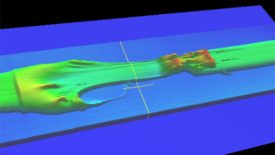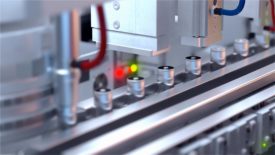Automotive
Automotive
Learn more
Read More
Quality Headline
US Motor Works to Build New $19M Fulfillment Center in Kansas City Metro
August 31, 2023
Quality Headline
Cnano Technology USA Selects Kansas City Region for North American Headquarters
August 7, 2023
EV Battery Manufacturing: Steps to Assure Joining Quality and Eliminate Harmful Leaks
The importance of reliability in EV batteries is paramount to the overall vehicle performance.
July 13, 2023
NDT | Leak Testing
Race to Mobility Sharpens Focus on Leak Testing for Li-ion Batteries and Hydrogen Fuel Cells
There are thousands of places where a battery pack or fuel cell pack can leak.
June 13, 2023
NDT | XRF
Enhancing Automotive Safety With Real-Time Composition Analysis
It is crucial that the compositions of metals and alloys used in automotive fasteners are verified through stringent quality assurance.
April 14, 2023
Management | Leadership Survey
2023 Quality Leadership Ranking: #1 SEG Automotive
February 1, 2023
Lean Manufacturing
Why Lean Principles Stand The Test of Time
Although contexts and technologies change, waste categories are timeless.
October 3, 2022
Stay in the know with Quality’s comprehensive coverage of
the manufacturing and metrology industries.
eNewsletter | Website | eMagazine
JOIN TODAY!Copyright ©2025. All Rights Reserved BNP Media.
Design, CMS, Hosting & Web Development :: ePublishing











